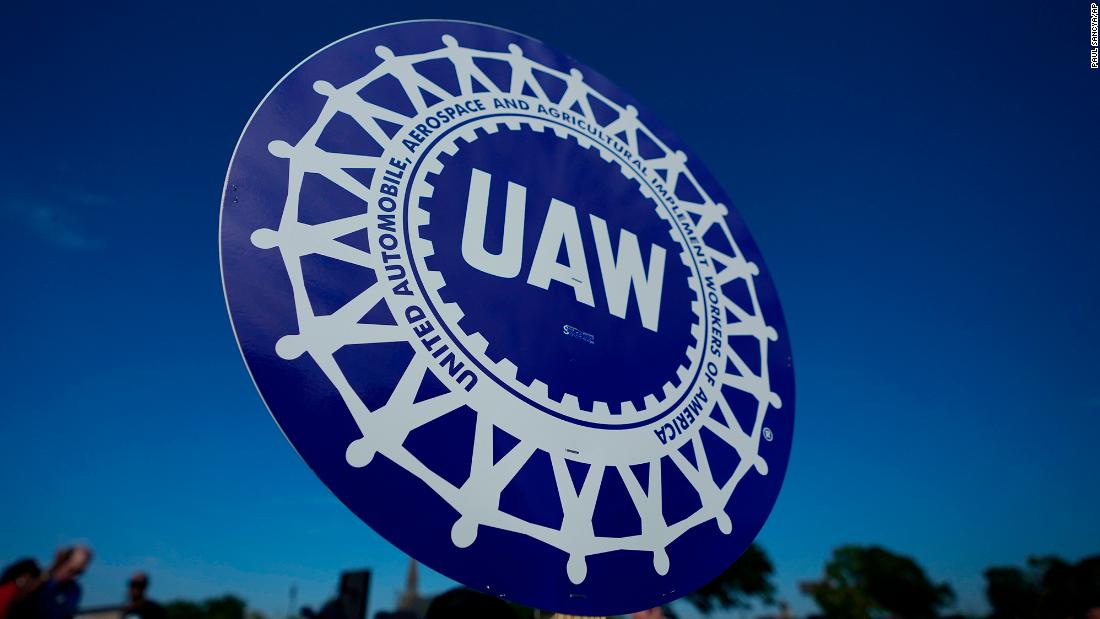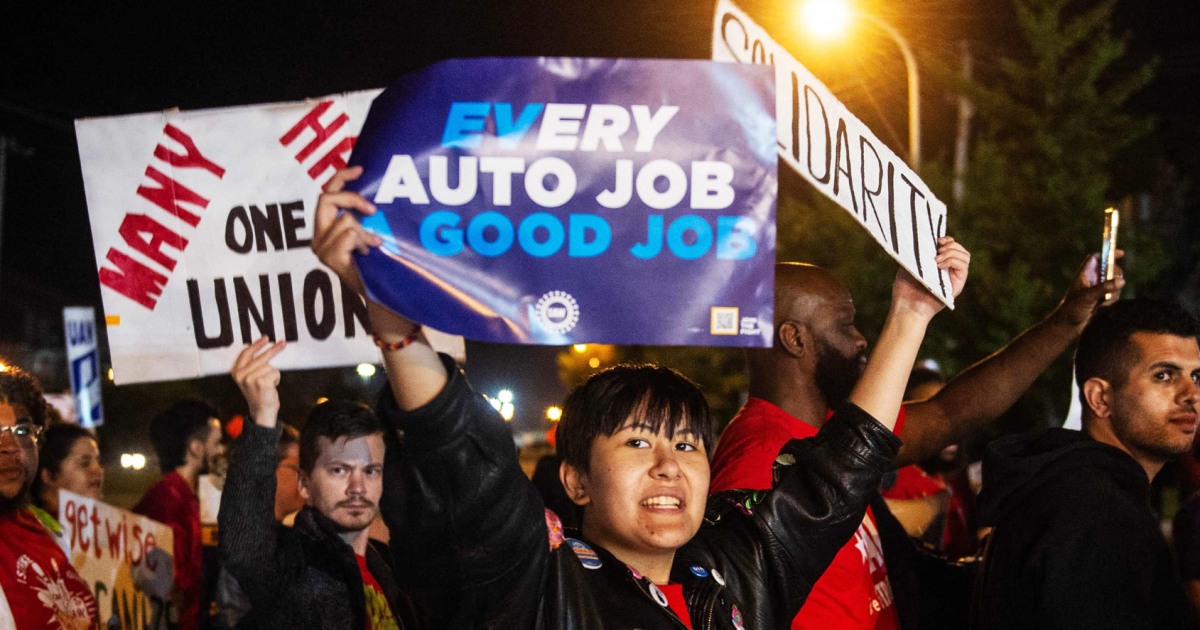Nearly 13,000 auto workers in the US have set out on a strike against the country’s major car manufacturers – General Motors, Ford, and Stellantis. This unprecedented move by the United Auto Workers (UAW) union marks the first time in history that they have simultaneously targeted all three major automakers.

Also Read: Motocompacto: Honda Launches $995 Fold-Up E-Scooter
The strike started as UAW individuals started picketing at three critical plants situated in Michigan, Missouri, and Ohio. The decision to strike came after dealings between the association and the management failed to bridge the significant gaps in contract terms and pay.
The repercussions of this strike are expected to disrupt production lines, affecting popular car models like the Ford Bronco, Jeep Wrangler, and Chevrolet Colorado.
At the core of the UAW’s demands is a call for a substantial 36 percent pay increase over a span of four years. Additionally, they are seeking the elimination of a tiered salary scale, which currently requires workers to labor for eight years before attaining the same compensation as veteran employees.
The “Big Three” automakers have answered with a proposal of a boost in compensation going from 17.5 to 20 percent, excluding other benefits and the wage system changes demanded by the union.
UAW President Shawn Fain focused on that while the association isn’t immediately calling for a broader general strike, all options are on the table if new contracts are not agreed upon.
Also Read: Bangladesh: Hundreds of Shops Burnt in Market Fire
He pointed out that the automakers could afford to double the raises without raising car prices significantly and still generate substantial profits. Fain highlighted that the main problem in question is corporate greed rather than worker demands.
Ford, in a statement, asserted that it had engaged in negotiations in “good faith” and would continue to work towards an agreement that not only rewards employees but also safeguards the company’s ability to invest in the future. However, General Motors and Stellantis did not release any statements ahead of the strike’s midnight deadline.
The implications of this prolonged strike could pose a significant challenge to the re-election prospects of U.S. President Joe Biden, who has positioned himself as the most union-friendly president in American history.
Biden, who is currently polling neck and neck with former President Donald Trump ahead of the November 2024 election, faces widespread public dissatisfaction with the state of the economy.
The strike happens in the midst of a broader backdrop of shifts in the automotive industry, as companies transition from internal combustion vehicles to electric vehicles.
This transition has further complicated contract negotiations, with both labor and management grappling with the future of the industry and its workforce.
Also Read: Ugandan Police Ban Bobi Wine’s Opposition Rallies
The strike is a departure from past UAW negotiations, where the union typically focused on one company at a time.
However, this time, under the leadership of President Shawn Fain, the UAW has opted to strike all three major automakers simultaneously, albeit not involving all of its 146,000 members at company plants at once.
The association’s essential decision is expected to apply tension on the organizations to work on their offers. UAW individuals have been disappointed with the ongoing pay proposition, which fall significantly short of their demands for wage increases and other benefits.
While the strikes are expected to be localized initially to a few plants, the union has indicated that it may expand the strikes to additional plants if the automakers do not present improved offers.
The union’s strike fund, which can support striking workers with $500 per week, is expected to last for approximately 11 weeks if all members were to go on strike.
The UAW’s demands extend beyond wage increases to encompass a restoration of cost-of-living pay raises, the end of tiered wages for factory jobs, a 32-hour workweek with 40 hours of pay, and the reinstatement of traditional defined-benefit pensions for new hires who currently receive only 401(k)-style retirement plans.
These demands reflect the UAW’s aspiration to secure better compensation and job security for its members in a time of industry transformation.
Also Read: AI Regulation: Tech Leaders Discuss in Private Senate Meeting

/cloudfront-us-east-2.images.arcpublishing.com/reuters/L5GF3OI4ANHYBDZ6IDIW4A73TE.JPG)


